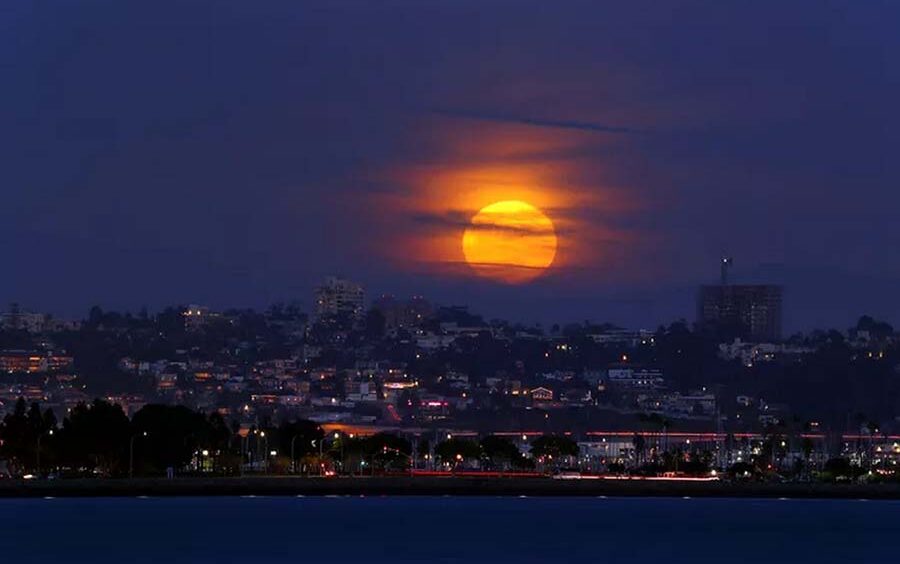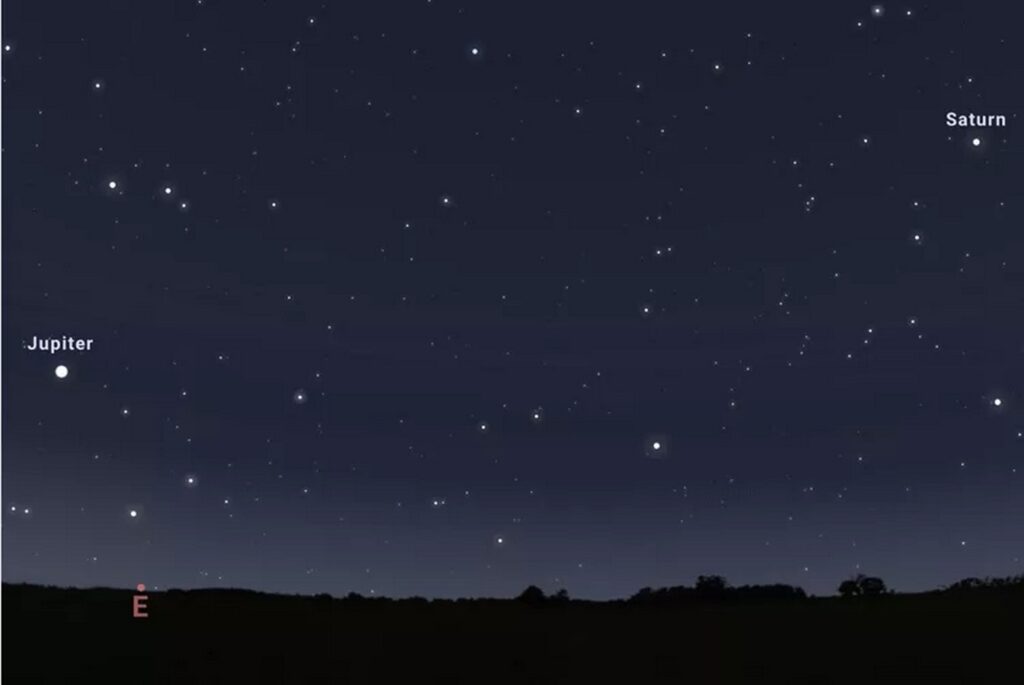August Night Sky Highlights

As we embrace the transition to fall, August unfolds with celestial spectacles worth stepping outside to witness. From rare lunar events to captivating meteor showers, the night sky offers a tapestry of wonders awaiting discovery. Here’s what to look out for:

Full Sturgeon Supermoon (Aug. 1)
Kicking off the month is the Full Sturgeon Supermoon, illuminating the skies with its radiant glow. Named after the sturgeon fish, this full moon marks one of 2023’s four supermoons, appearing larger and brighter than usual. Don’t fret if you miss it—the month concludes with another full moon, known as a “blue moon,” on Aug. 30.
Perseid Meteor Shower (Aug. 13)
Mark your calendars for the Perseid meteor shower, renowned as one of the year’s most spectacular celestial displays. Occurring from July 17 to Aug. 24, the shower peaks on the night of Aug. 13. With minimal lunar interference, sky gazers can anticipate a dazzling show of shooting stars, emanating from the remnants of Comet Swift-Tuttle.
New Moon (Aug. 16)
Shortly after the peak of the Perseids, the new moon graces the heavens, offering pristine conditions for stargazing. With minimal lunar illumination, this phase presents an ideal opportunity to explore deep sky objects with telescopes and binoculars.

Milky Way Galactic Center (All month)
Throughout August, the Milky Way’s galactic center takes center stage in the night sky. Positioned in the constellation Sagittarius, this celestial marvel offers a glimpse into the heart of our galaxy. With dark skies free from moonlight, observers can marvel at the cosmic tapestry of stars and the enigmatic supermassive black hole at the galaxy’s core.
Saturn Opposition (Aug. 26-27)
Saturn reaches opposition on the evenings of Aug. 26-27, presenting a prime viewing opportunity. As Earth aligns directly between Saturn and the sun, the ringed planet shines at its brightest and closest for the year. With binoculars or a small telescope, observers can admire Saturn’s iconic rings and perhaps catch a glimpse of its largest moon, Titan.
Super Blue Moon (Aug. 30)
Rounding out the month is the rare Super Blue Moon, gracing the skies with its dazzling presence. This second full moon of August, occurring once every few years, offers a mesmerizing sight as it reaches peak illumination. Witness the celestial splendor of this lunar phenomenon, a testament to the wonders of the night sky.
Earth’s Shadow (All year)
While exploring the night sky, keep an eye out for Earth’s shadow—a captivating phenomenon visible during twilight hours. Look to the horizon at sunset or sunrise to behold the shadow’s distinct bands of color, known as the “Belt of Venus.” This celestial spectacle offers a captivating glimpse into Earth’s cosmic dance with the sun.
Conclusion
As August unfolds, embrace the beauty of the night sky and immerse yourself in the wonders of the cosmos. Whether observing meteor showers, lunar phenomena, or distant galaxies, the celestial realm offers a wealth of awe-inspiring sights waiting to be explored. So grab a blanket, head outdoors, and marvel at the splendor of the August night sky.


 English
English 
































































































































































































































































































































































